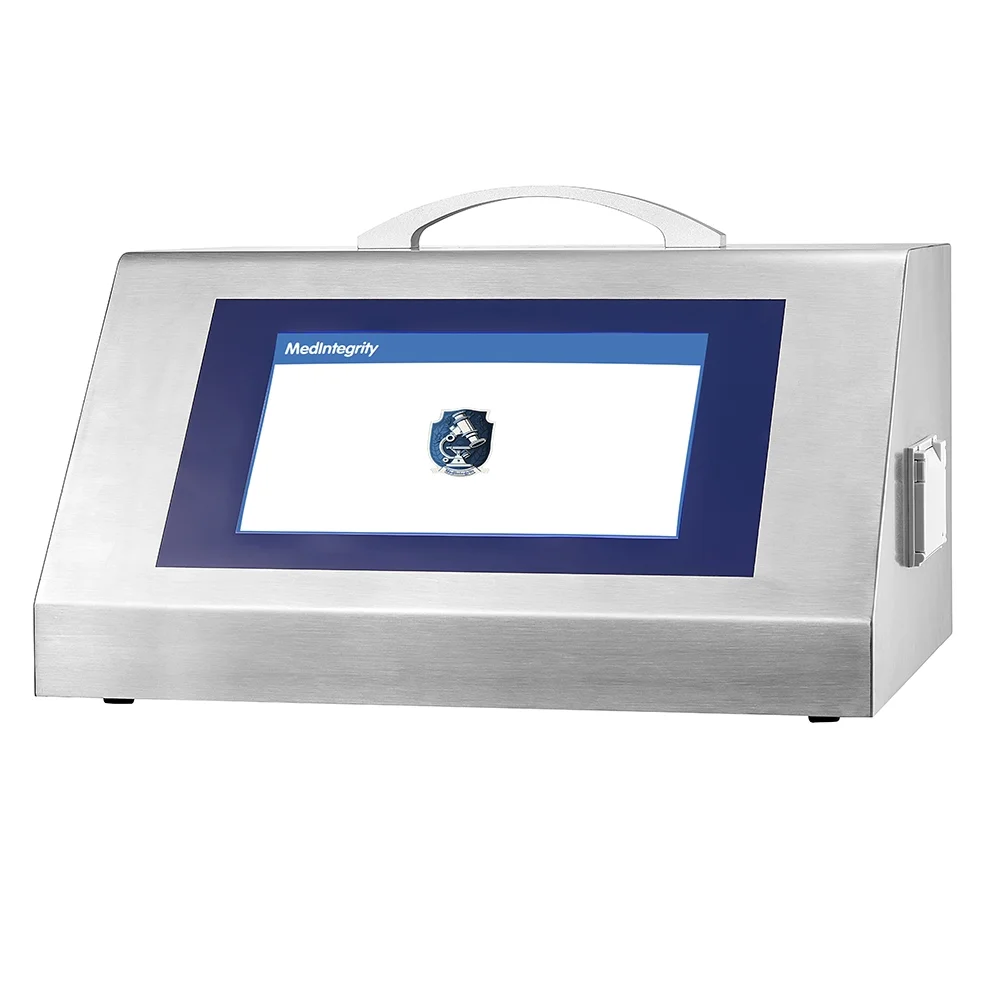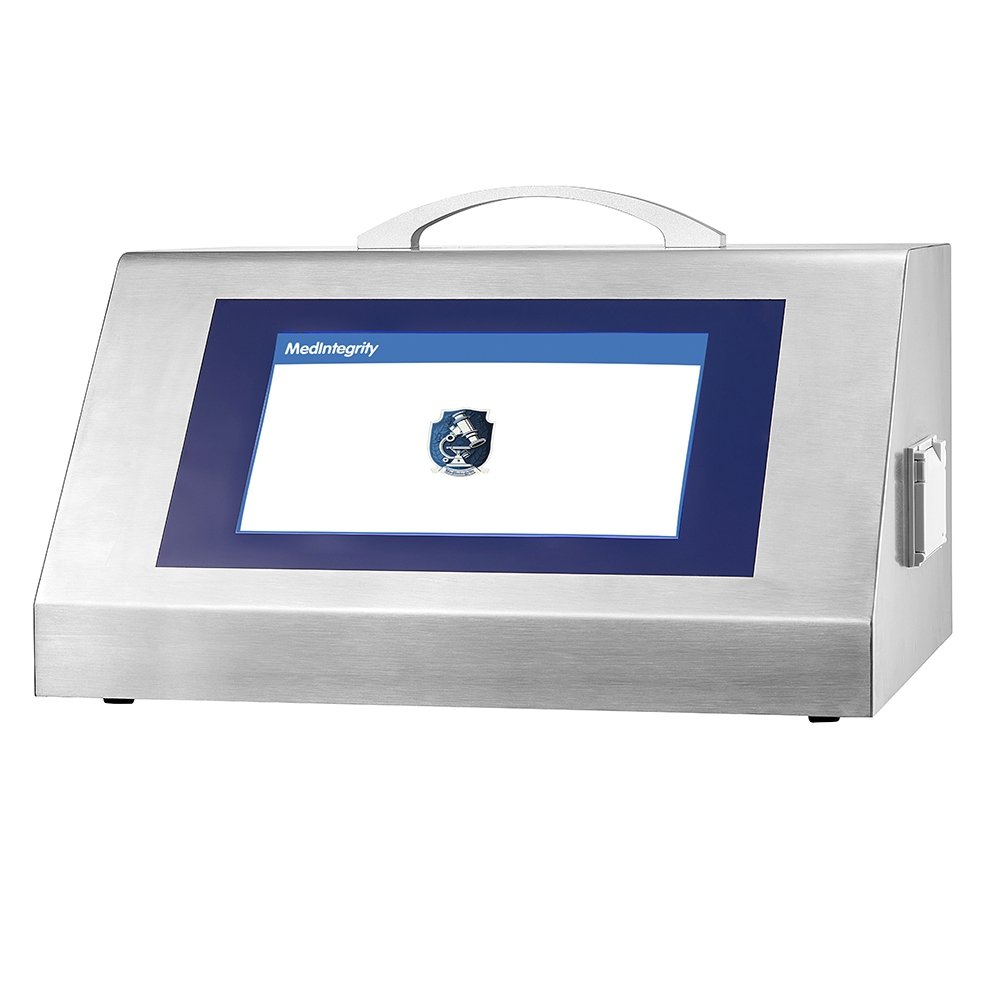Key Considerations When Using a Bag Integrity Tester for Leak Detection
Key Considerations When Using a Bag Integrity Tester for Leak Detection
Uncover how bag integrity testing shields item quality across sectors. Dive into vital leak-spotting ways, core testing elements, and top habits to ensure packaging trustworthiness and rule-following.
Overview of Bag Integrity Testing
Bag integrity testing is a key step in securing the caliber and dependability of bendy packaging used in many fields. It spots leaks or frail spots in packaging. This lets makers block item filth, keep shelf life, and stick to safety rules. This piece explores the must-know parts of bag integrity testing. It also covers factors to weigh when using a bag integrity tester. Plus, it shares prime habits for nailing exact outcomes.
The Importance of Leak Detection in Flexible Packaging
Leak spotting plays a huge role in bendy packaging. It directly shapes item safety and buyer happiness. Bendy packaging stuff often holds food, drugs, and other touchy goods needing a tight shield from outside dirt. A weakened package risks not just item rot but also big health woes for users.
Key perks of leak spotting include:
- Item Guarding:It keeps contents free from air, dampness, or other outside bits.
- Rule Matching:It hits regulatory benchmarks for packaging integrity.
- Cost Saving:It cuts losses from faulty packaging during making or shipping.
Common Applications of Bag Integrity Testing
Bag integrity testing spreads wide across fields using bendy packaging. Some typical uses include:
- Food and Drink Sector:It ensures tight seals to hold freshness and stop rot.
- Drug Field:It catches leaks in germ-free packs to keep patients safe.
- Health Gear:It checks the integrity of germ-free shields for vital tools.
- Daily Goods:It tests packaging for stuff like cleaners or beauty items to dodge leaks in handling.
Factors to Consider When Using a Bag Integrity Tester
When setting up a bag integrity tester, several points need a close look to lock in precise and trusty outcomes. These elements sway the tester’s power and knack for catching even tiny leaks well.
Material Properties of the Bag or Product
The traits of the bag or item under test heavily shape the pick of testing ways and gear. Bendy packaging stuff varies in thickness, stretch, and leakiness. This can tweak how it reacts to pressure tests. For instance:
- Thin stuff might need gentler test pressures to avoid harm during checks.
- Stretchy stuff could briefly warp under pressure. This might mess with test precision.
You must grasp these quirks when tuning your bag integrity tester. This dodges wrong yes-or-no calls.
Environmental Conditions During Testing
Surroundings like heat, wetness, and air push can tweak bag integrity test outcomes. Take these cases:
- High wetness might weaken the grip of some glue-based packaging stuff.
- Heat swings can stretch or shrink bendy stuff. This leads to shifts in test results.
To soften these twists, run tests in a steady setting with even conditions.
Test Sensitivity and Detection Limits
Your bag integrity tester’s sharpness and spotting edges set its skill to nail leaks right. For example, gear built for high-pressure tests should tightly rein pressures within set bounds. Pick a tester with fitting sharpness levels for your needs:
- Super-sharp testers suit drug or health uses.
- Mid-level sharpness works for daily goods with looser leak wiggle room.
Best Practices for Effective Leak Detection
Sticking to top habits ensures solid outcomes from your bag integrity tests. It also keeps your gear lasting long.
Preparing Bags or Products for Testing
Ready your bags or items right before testing. This is key for spot-on results. Follow these moves:
- Check each pack by eye for clear flaws like rips or bad seals.
- Ensure packs are spotless and free of dirt that might skew test outcomes.
- Use set steps to load packs with test stuff (like air or water) if needed.
Looking over parts like seals or gaskets ensures they’re sound before starting tests.
Calibrating and Maintaining the Tester
Steady tuning and upkeep of your bag integrity tester are musts for even performance over time. Tuning papers should get regular peeks to confirm measure precision. Core upkeep habits include:
- Checking tube links for leaks or bends.
- Making sure all sensors work and line up right.
- Running routine checks with known-sample packs.
By sticking to these, you cut errors from gear hiccups or misalignment during test runs.
In short, grasping why leak spotting matters in bendy packaging is crucial for locking in item quality and safety. Weigh factors like stuff traits, surroundings, and test sharpness when using a bag integrity tester. Stick to top habits too. This nets trusty outcomes while keeping rule benchmarks.
MedIntegrity: A Trusted Supplier of Bag Integrity Testers
MedIntegrity stands tall as a dependable source of bag integrity testers. They serve fields needing sharp and swift leak-spotting fixes. By putting fresh ideas and rule-following first, MedIntegrity ensures its gear meets the tough calls of sectors like drugs, food and drink, and health tools. Their pledge to caliber shines in their full-on approach to gear crafting and buyer backing.
Commitment to Quality and Customer Support
MedIntegrity’s drive for caliber stretches past the making stage. They aim to deliver gear that not only hits but tops sector benchmarks for precision and trustworthiness. Tuning papers are vital to ensure the tool’s measures stay spot-on. This keeps their bag integrity testers giving steady outcomes across varied uses.
Buyer backing is a bedrock of MedIntegrity’s work ethos. They offer deep user guides with run-how, safety tips, and fix guides. Plus, they give tech help for setup and upkeep. This ensures users have all they need for smooth use. The guide should spell out run-how, safety tips, and fix steps clearly.
FAQs About Bag Integrity Testing
Getting the nitty-gritty of bag integrity testing can be tricky. Here are answers to some common queries about this vital process.
What is the recommended frequency for calibrating a bag integrity tester?
Tuning pace hinges on your use needs and how hard you run it. Still, it’s wise to tune your bag integrity tester at least yearly or as the maker says. Tuning papers should get regular peeks to confirm measure precision. Steady tuning keeps your gear sharp and trusty over time.
Can bag integrity testers be used for all types of flexible packaging?
Bag integrity testers are handy tools built to fit a wide span of bendy packaging stuff. Yet, you must weigh the stuff traits of the bags under test. Take these points:
- Thin stuff might need softer test pressures.
- Stretchy stuff could warp briefly under push.
Test the filter integrity tester with varied filter kinds, like different stuff, hole sizes, and setups. This bendiness makes bag integrity testers fit for many uses across sectors.
How can I identify if my tester is providing accurate results?
To check if your tester’s giving spot-on outcomes:
- Use known-sample packs as yardsticks.
- Run repeat tests on the same pack under matching states.
- Stack results against certified benchmark values.
The caught bubble-point push should sit within ±10% of the standard filter’s set value. These moves help prove your tester’s work and ensure solid outcomes in real runs.











